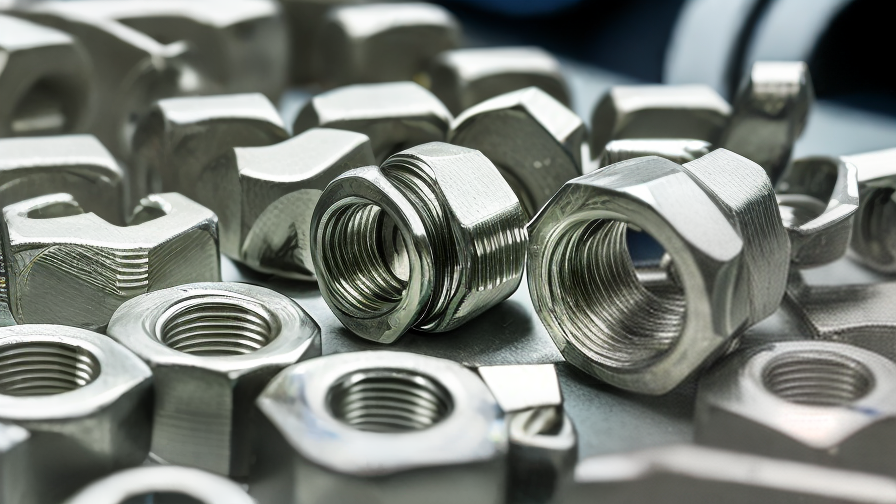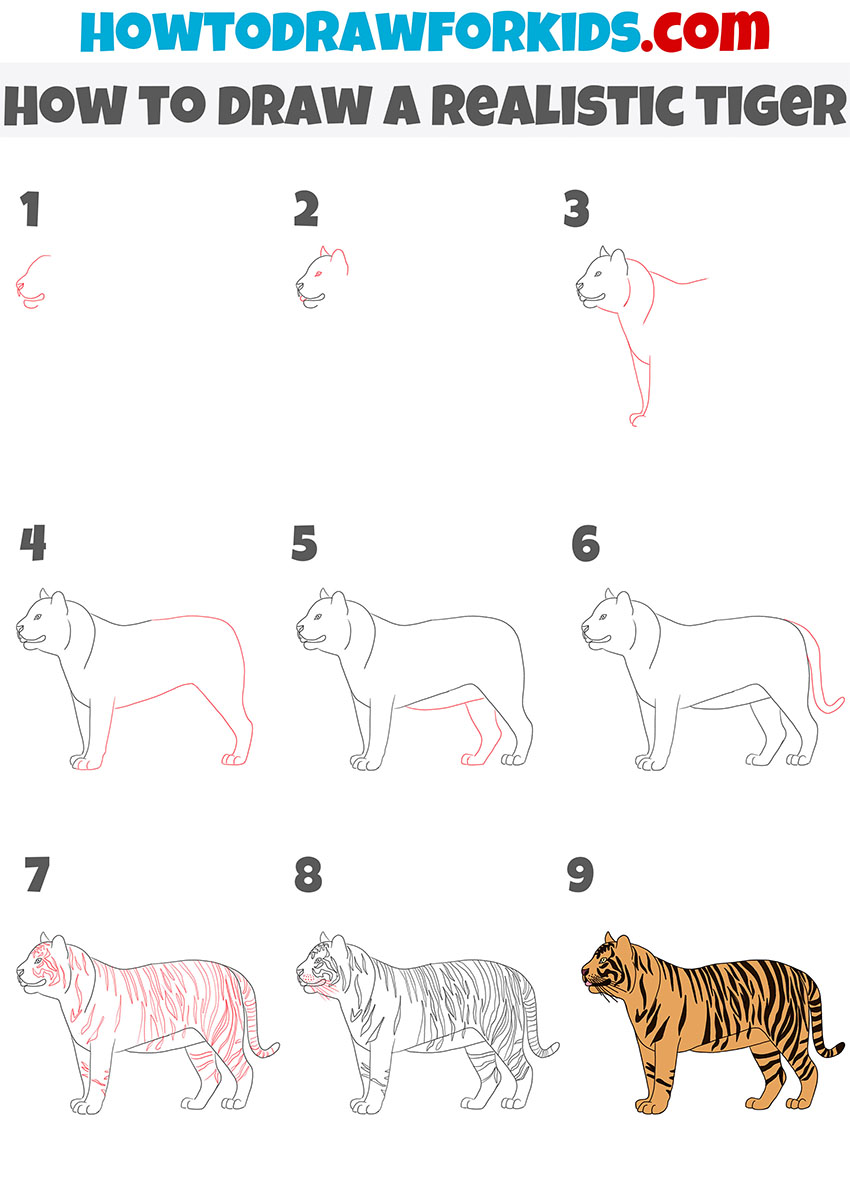The future of fastener production is being forged through revolutionary advancements in carbide heading dies, driven by a convergence of advanced material science, innovative surface coatings, ultra-precision manufacturing, and the integration of Industry 4.0. These trends are not merely incremental improvements; they represent a fundamental shift towards creating dies that last longer, perform better, and enable the production of highly complex and reliable fasteners essential for next-generation industries like electric vehicles, aerospace, and microelectronics. This evolution is pivotal for manufacturers seeking to enhance efficiency, reduce operational costs, and meet the ever-increasing demands for quality and performance.

In the world of high-volume manufacturing, the humble fastener is a critical, unsung hero. And at the heart of its creation lies the heading die—a tool subjected to immense pressures and cyclical stresses. For decades, tungsten carbide has been the material of choice for its exceptional hardness and wear resistance. However, as product designs become more intricate and production quotas climb, the demands placed on these dies have skyrocketed. This article explores the cutting-edge trends shaping the future of carbide heading dies, examining how these innovations are redefining the boundaries of fastener production and what it means for manufacturers aiming to stay ahead of the curve.
Table of Contents
- Why Are Carbide Heading Dies the Cornerstone of Modern Fastener Production?
- What Are the Key Trends Shaping the Future of Carbide Dies?
- How Do These Trends Translate into Tangible Benefits for Manufacturers?
- Choosing the Right Partner for Future-Ready Carbide Heading Dies
- Conclusion: Embracing the Future of Fastener Manufacturing
Why Are Carbide Heading Dies the Cornerstone of Modern Fastener Production?
Before diving into future trends, it’s essential to understand why tungsten carbide is so fundamental. Fasteners are typically made through a process called cold forming or cold heading, where wire is cut to length and then forced into a series of dies at high speed and extreme pressure to form the head and shank. This process requires a die material that can withstand incredible punishment without deforming, cracking, or wearing out quickly. This is where tungsten carbide excels.
The Unmatched Properties of Tungsten Carbide
Tungsten carbide is a composite material, made of hard carbide particles bonded together by a metallic binder, typically cobalt. This combination results in a unique set of properties that make it ideal for heading dies:
- Exceptional Hardness: Carbide is one of the hardest materials known, second only to diamond, allowing it to resist abrasive wear from the constant flow of metal.
- High Compressive Strength: It can withstand the immense forging pressures of the heading process without being crushed or deformed.
- Excellent Wear Resistance: Its ability to maintain a sharp, precise profile over millions of cycles ensures consistent fastener quality and extends the tool’s life.
- Thermal Stability: It retains its hardness and strength even at the high temperatures generated by friction during high-speed production.
The Critical Role in Cold Forming and Heading
In the multi-station cold forming process, a carbide heading die is not just a passive mold; it is an active, precision instrument. Each die in the sequence is responsible for a specific stage of the fastener’s formation. The accuracy of the die’s internal geometry directly translates to the dimensional accuracy of the final product. Any premature wear or chipping in the die can lead to out-of-spec parts, production halts, and costly scrap. Therefore, the reliability and longevity of carbide dies are directly linked to the overall productivity and profitability of any fastener manufacturing operation.
What Are the Key Trends Shaping the Future of Carbide Dies?
The industry is moving beyond simply using standard carbide. The future is about creating highly engineered, application-specific die solutions. Here are the four dominant trends leading this transformation.
Trend 1: Advanced Material Science – Beyond Standard Carbide Grades
The first frontier of innovation lies within the carbide material itself. Die manufacturers are no longer limited to a one-size-fits-all approach. Instead, they are leveraging advanced metallurgy to develop specialized carbide grades tailored for specific applications.
- Micro-grain and Nano-grain Carbides: By reducing the size of the tungsten carbide particles down to the sub-micron or even nanometer level, the resulting material exhibits a superior combination of hardness and toughness. This finer grain structure helps resist micro-chipping and crack propagation, making it ideal for forming complex head shapes or working with tough materials like stainless steel and titanium alloys.
- Alternative Binders: While cobalt is a traditional binder, research is focused on nickel and other iron-group metals as alternatives. These new binder systems can offer enhanced corrosion resistance and improved toughness, which is particularly beneficial in specific forming applications or when certain lubricants are used.
This move toward custom material formulation allows for a die’s properties to be precisely tuned to combat the specific failure mode it’s most likely to encounter, whether that’s abrasive wear, high-impact shock, or thermal fatigue.
Trend 2: The Rise of High-Performance Surface Coatings
If advanced carbide grades form the strong foundation of the die, high-performance coatings are the impenetrable armor. Applying an ultra-thin (a few microns thick) layer of specialized material to the die’s working surface can dramatically enhance its performance. The primary technology used is Physical Vapor Deposition (PVD).
PVD coatings create a super-hard, low-friction surface that acts as a barrier between the die and the workpiece. This reduces adhesion (material sticking to the die), lowers the heat generated by friction, and provides an additional layer of wear resistance. The result is smoother material flow, improved part release, and a significant extension of the die’s service life.
| Coating Type | Key Characteristics | Ideal Application |
|---|---|---|
| Titanium Nitride (TiN) | General purpose, good hardness, low friction. Gold color. | Standard steel and non-ferrous material forming. |
| Titanium Carbo-Nitride (TiCN) | Higher hardness and better abrasive wear resistance than TiN. | Forming higher-strength steels and abrasive materials. |
| Aluminum Titanium Nitride (AlTiN) | Excellent thermal stability and oxidation resistance. Forms a protective alumina layer at high temperatures. | High-speed heading operations where significant heat is generated. |
| Diamond-Like Carbon (DLC) | Extremely low coefficient of friction, excellent anti-sticking properties. | Forming non-ferrous metals like aluminum and copper; preventing material pickup. |
Trend 3: Precision Manufacturing and Complex Geometries
The demand for lightweight, specialized, and multi-functional fasteners requires dies with increasingly complex internal geometries. Traditional manufacturing methods are being supplemented or replaced by advanced technologies that enable unparalleled precision and design freedom.
- Wire EDM (Electrical Discharge Machining): This technology uses an electrically charged wire to cut through the carbide with extreme precision, allowing for the creation of sharp internal corners, non-round shapes, and intricate profiles that would be impossible with conventional grinding.
- CNC Profile Grinding: Modern multi-axis CNC grinders can produce complex, blended geometries with exceptional surface finishes and dimensional accuracy, ensuring perfect material flow within the die.
- Additive Manufacturing (3D Printing): While still an emerging technology for carbide, additive manufacturing holds the promise of creating dies with internal, conformal cooling channels. This would allow for targeted cooling of high-stress areas, drastically reducing thermal fatigue and extending die life in high-speed applications.
Trend 4: The Impact of Digitalization and Industry 4.0
The fourth trend is the integration of digital tools and “smart” technology into the die’s lifecycle. This moves die manufacturing from a reactive to a predictive process.
- Finite Element Analysis (FEA) Simulation: Before a single piece of carbide is machined, engineers can use powerful software to simulate the entire cold forming process. FEA can predict material flow, identify high-stress points within the die, and forecast potential failure modes. This allows for the die design to be optimized *virtually*, saving time and money on physical prototyping and preventing premature failures in production.
- In-Die Sensing: The future will see sensors embedded directly into die holders or even the dies themselves. These sensors can provide real-time feedback on temperature, pressure, and vibration. This data can be used for predictive maintenance (e.g., “this die is projected to fail in the next 100,000 cycles”) and to optimize machine settings on the fly for maximum efficiency and quality.
How Do These Trends Translate into Tangible Benefits for Manufacturers?
These technological advancements are not just academic exercises; they deliver significant, measurable benefits on the factory floor that directly impact the bottom line.
Enhanced Die Lifespan and Reduced Downtime
This is the most direct benefit. A die made from a superior carbide grade, protected by a PVD coating, and designed using FEA simulation will simply last longer. Every hour a heading machine is down for a tool change is an hour of lost production. By extending the life of a heading die from, for example, one million to two or three million strokes, manufacturers can drastically reduce unplanned downtime, lower their tooling cost per-piece, and increase overall equipment effectiveness (OEE).
Superior Fastener Quality and Consistency
As a die wears, the dimensions of the fasteners it produces can drift out of tolerance, leading to rejects. The trends discussed—especially precision manufacturing and advanced coatings—ensure that the die maintains its critical geometry for a much longer period. This results in higher dimensional consistency across the entire production run, fewer quality control issues, and a more reliable final product for the end customer.
Enabling Complex and Lightweight Fastener Designs
Industries like automotive (specifically EVs) and aerospace are in constant pursuit of weight reduction without compromising strength. This drives demand for complex fasteners made from exotic alloys. Dies created with advanced carbide grades and manufactured with EDM technology can handle the stresses of forming these difficult materials and can produce the intricate shapes—like specialized sockets or non-symmetrical heads—that these advanced designs require.
Driving Sustainability in Manufacturing
Sustainability is an increasingly important metric. Longer-lasting dies mean less carbide is consumed and less energy is used in the manufacturing of replacement tools. Furthermore, low-friction coatings can reduce the amount of energy and lubricant required for the forming process itself. By minimizing waste, reducing downtime, and optimizing energy consumption, these advanced die technologies contribute to a greener, more sustainable manufacturing footprint.
Choosing the Right Partner for Future-Ready Carbide Heading Dies
Navigating these advanced trends requires more than just purchasing a tool; it requires a partnership with a die manufacturer that possesses deep expertise. The future of fastener production is collaborative. When selecting a supplier for your critical heading dies, you should look beyond the price tag and evaluate their technical capabilities.
A forward-thinking partner like Xiluomold doesn’t just supply a product; they provide a comprehensive solution. This involves:
- Material Expertise: The ability to consult on and recommend the optimal carbide grade and coating for your specific application and workpiece material.
- Advanced Manufacturing Capabilities: In-house access to modern CNC grinding, EDM, and precision polishing equipment required to produce complex and accurate die geometries.
- Engineering and Design Support: A team that can work with your designs, perhaps using FEA simulation, to optimize the die for maximum performance and lifespan before it’s even made.
- Commitment to Quality: Rigorous quality control processes to ensure that every die delivered meets exact specifications for hardness, dimension, and surface finish.
Conclusion: Embracing the Future of Fastener Manufacturing
The landscape of fastener production is undergoing a profound transformation. The carbide heading die is evolving from a simple consumable tool into a highly engineered, technology-driven component that is central to manufacturing success. The convergence of advanced materials, surface engineering, precision machining, and digital simulation is paving the way for unprecedented levels of efficiency, quality, and design innovation. For fastener manufacturers, embracing these trends is not an option—it is a necessity for staying competitive. By partnering with expert die makers who are at the forefront of these technologies, you can unlock the full potential of your production lines and be ready to meet the challenges of tomorrow’s manufacturing demands.


